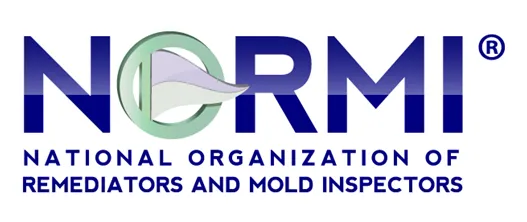
Unseen Enemies at Home: Identifying Sources of Indoor Air Quality Contaminants
Introduction
Indoor air quality (IAQ) significantly impacts our health and well-being. Given that most people spend a large portion of their time indoors, understanding the sources of indoor air contaminants is crucial. These contaminants can range from biological to chemical agents, and their presence in our homes can lead to a variety of health issues.
Biological Contaminants
Mold and Mildew: Thrive in damp, humid environments, releasing spores that can cause respiratory issues and allergic reactions.
Dust Mites: Common in bedding, carpets, and upholstered furniture, these tiny creatures are a major source of allergens.
Pet Dander: Animals shed skin flakes and hair that can trigger allergies.
Pollen: Can enter homes through open windows, doors, and on clothing, causing allergic reactions.
Viruses and Bacteria: Can spread through the air, especially in poorly ventilated spaces, leading to illnesses.
Chemical Pollutants
Volatile Organic Compounds (VOCs): Emitted from paints, varnishes, cleaning supplies, and air fresheners, VOCs can cause eye, nose, and throat irritation, headaches, and more serious health issues over time.
Formaldehyde: Found in pressed-wood products, certain insulation materials, and some fabrics, formaldehyde can cause irritation and potentially lead to cancer.
Carbon Monoxide and Nitrogen Dioxide: Produced by burning fuels like gas, wood, and oil, these gases can be deadly at high levels and cause health problems even at low levels.
Pesticides: Used in homes for pest control, pesticides can be toxic and harmful if not used properly.
Combustion Pollutants
Tobacco Smoke: Contains a mixture of over 7,000 chemicals, many of which are harmful.
Fireplaces and Wood Stoves: Can produce particulate matter and carbon monoxide if not properly ventilated.
Building Materials and Furnishings
Asbestos: Used in older homes’ insulation and other materials, asbestos fibers can cause lung diseases when inhaled.
Lead: Found in older paint and plumbing materials, lead dust can be harmful, especially to children.
Radon: A naturally occurring radioactive gas that can seep into homes through cracks and gaps, increasing the risk of lung cancer.
Household Products
Cleaning Agents: Many contain chemicals that can irritate the skin, eyes, and respiratory system.
Personal Care Products: Sprays and aerosols can release pollutants.
Outdoor Air Pollution
Industrial and Vehicle Emissions: Particulate matter and gases can enter homes from outside, especially in urban areas.
Conclusion
Understanding the various sources of indoor air contaminants is the first step towards improving IAQ. Regular cleaning, proper ventilation, using air purifiers, and choosing low-emission products can significantly reduce the level of contaminants in our homes. By being aware and proactive, we can ensure a healthier living environment for ourselves and our families.






